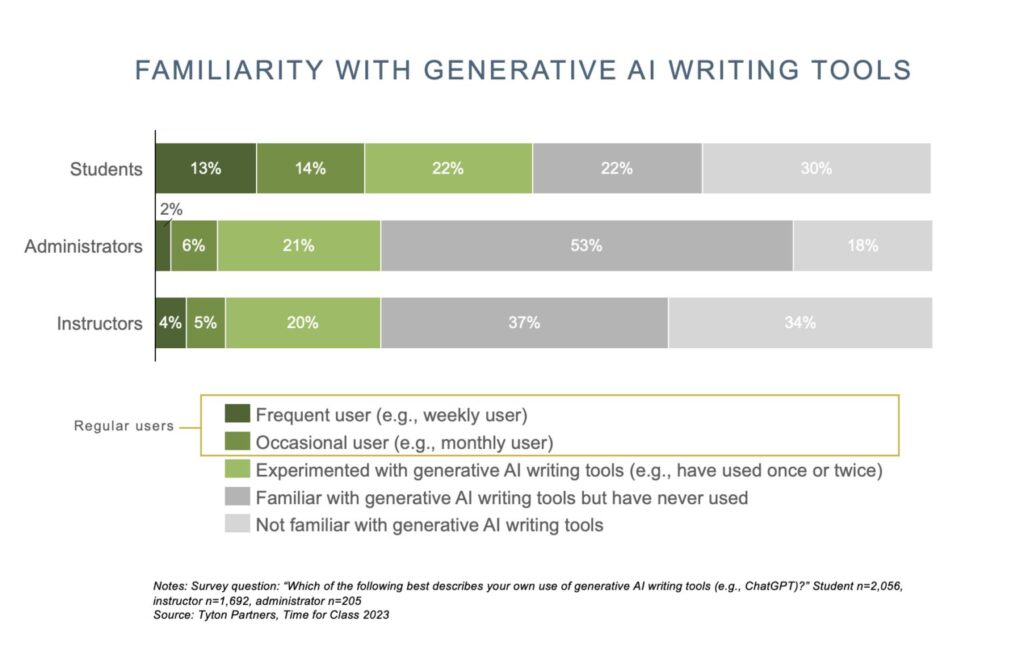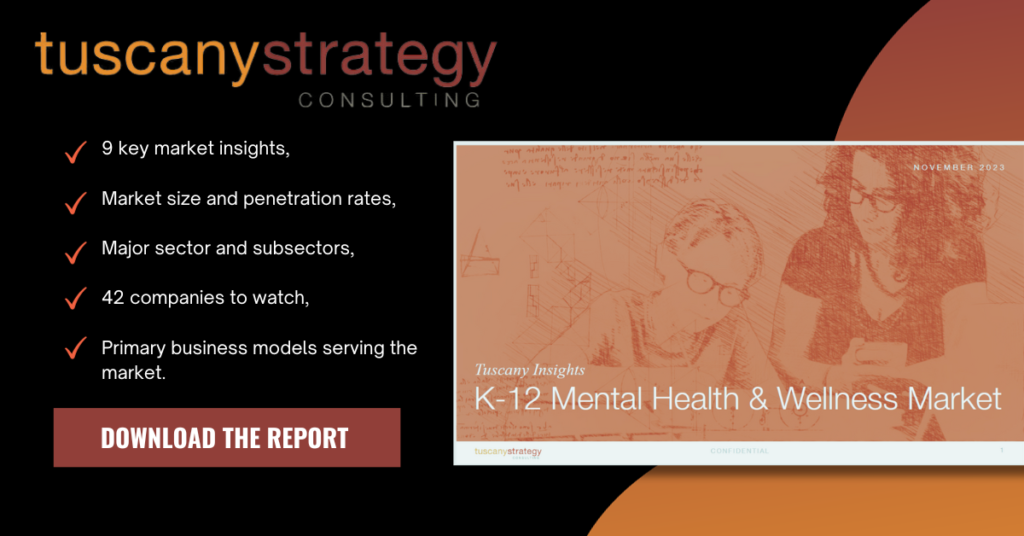The frantic narrative around AI in education often misses an important issue: AI adoption imposes a disproportionately higher burden on educators than on students.
While students enjoy access to free AI tools like ChatGPT and BING Ai that aid in completing assignments swiftly, educators are faced with far more intricate and burdensome tasks. How much time should busy educators invest to proactively experiment with AI, keep up with new advancements, adapt their lesson plans and assessments, and exchange insights with colleagues? Or is it better to wait for district guidance and updated materials from curriculum providers, potentially allowing students to sidestep much of the cognitive rigor that is needed for successful long-term learning and careers.
The Department of Education recently emphasized the need to address AI in education now to exploit opportunities and preempt risks.
But students are far outpacing educators in their use and experimentation with AI (see attachment). This underscores the need for far more explicit AI usage guidelines covering academic integrity, sourcing policy, digital citizenship, ethical behavior, epistemology (how we know what we know), and perhaps most important practical ways to adapt lessons, assignments, and assessments into an AI rich environment. All this needs to be in place well before fall 2023. Along with ample time for teachers to begin the monumental task of updating their materials, lessons, assignments, and tests.
It is incumbent that state and national organizations tackle this immediately.
Several organizations have started this process but more is needed. A few useful resources include:
- A guide for educators from ICAI and from Standford University
- Citation guidelines from Modern Language Association



